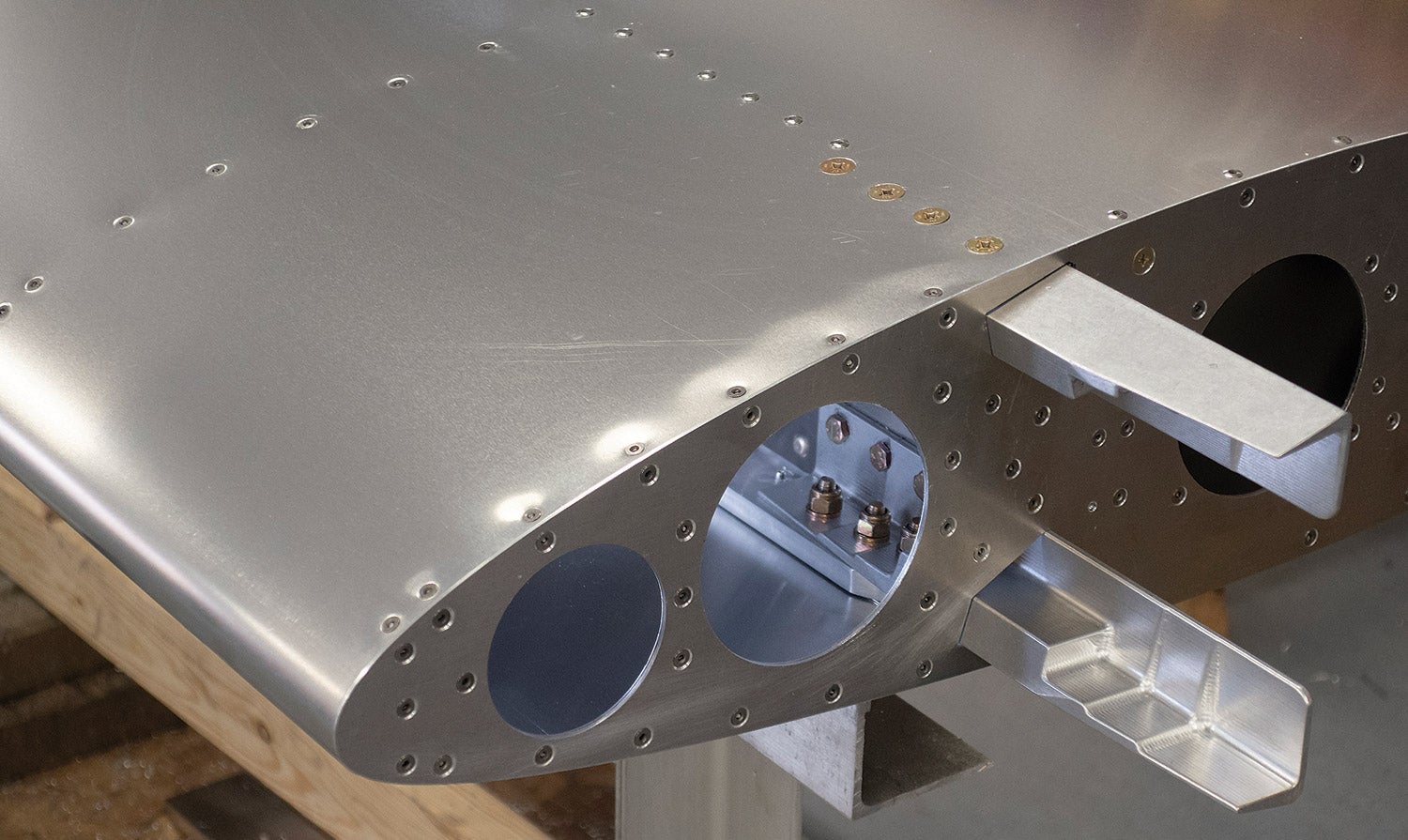Is anything more disheartening than dropping a piece of hardware in your airframe and not being able to find it? Yes. A loose nut appearing on the cockpit floor while airborne comes to mind. Such sightings can paralyze a body and send a mind racing. On the Ohcrap scale, it falls between having the headlights of an oncoming car cast the silhouette of a spider descending from your sun visor onto your retinas and discovering the garage door was left open all night. The search for the nut’s proper home will rekindle memories of looking for your adult child’s birth certificate. You never had to search for a birth certificate, however, lying upside down in a cockpit while bifocals repeatedly slide onto your forehead. Worse, if you can’t determine where the nut came from you will live out your days wondering, worrying.

Such consternation can be avoided, or at least mitigated, by keeping a “watch list.” A watch list is a document (and by document I mean 3×5 card), unique from the builder’s log or aircraft logbooks, in which items of concern that do not affect the aircraft’s airworthiness are recorded. Items like nuts lost inside the airframe. The watch list is not only a record of lost hardware; it is also a place to record items that merit extra scrutiny, such as an assembly that didn’t turn out as good as you’d like but didn’t meet your strict “do-over” criteria. For instance, if your welded tailwheel pivot seems sound but you question the welding rod you used, add it to the watch list as a reminder to give it a closer inspection during preflight, condition inspections or on the off chance you make a hard landing (unlikely, I know). The watch list is also a good place to note that the left axle is 1° out of alignment, so if you wear through tires quickly you’ve got a good idea why and so does the aircraft’s next owner.
Really Necessary?
Why create a watch list if you are already keeping a builder log and must maintain aircraft logbooks? Great question. The purpose of a builder log is to document that amateurs built at least 51% of an Experimental/Amateur-Built category aircraft. It can be as simple as a photo album showing the airplane’s construction in your garage or as involved as a dedicated website documenting each work session in detail. The builder log is made available to the inspector when the aircraft is presented for its airworthiness certificate and there is no requirement to transfer it to subsequent owners of the aircraft (though it’s a good idea, particularly if the aircraft hasn’t been licensed).
Builder logs are never carried in the aircraft. Recording lost hardware in a builder log is a sure way to bury that useful information forever.
Airframe, engine and propeller logs are records that the inspections required to maintain (or reestablish) an aircraft’s airworthiness have been performed. Required entries include the completion of Condition Inspections and compliance with Airworthiness Directives and Service Bulletins. These logs are also used to record the completion of maintenance. They become a permanent part of the aircraft’s documentation and pass from owner to owner, but are seldom kept in the aircraft. Losing a cotter pin in the aft fuselage is not an event to record in the aircraft’s logbooks. Thus, the watch list. Unlike a builder log and the aircraft logs, a watch list should be kept in the aircraft where it is convenient to reference at the hangar, on a flight away from home or even in the air should paranoia strike hard.
The watch list is a living document begun as needed during aircraft construction and revised as appropriate for the life of the airframe. New entries are made as necessary and old entries are deleted when they no longer apply. Noting the recapture of a wayward nut is as important as recording its loss in the first place. If you fail to record that an AN365-1032 nut you recorded as lost cried “uncle” and crawled out from its hiding spot after a Lomcovák, the appearance of another one can falsely signal the surrender of the nut you lost. However, if you’ve recorded that a lost nut was found, the appearance of another nut gives you reason to ground the airplane and investigate. Also, if you fail to record that a missing nut has been found, a future owner of the airplane can mistake a free-ranging nut for the one you listed missing and continue to fly with a safety issue looming.
Let me also define what a watch list isn’t. It is not a substitute for quality workmanship, proper maintenance or a genuine effort to prevent having to have a watch list in the first place. It is not a place to record design modifications. Design modifications (your one-of-a-kind electric flap installation) and assembly deviations (doubling the number of rivets in the wing walk) should be noted on the assembly plans or in the construction manual. If, however, you lose a wire connector in the wing root while wiring the flap motor, record that on the watch list.
I know what it is like to paste a washer to your fingertip with spit and blindly guide it onto a bolt inside the wing. The odds of dropping it are great and the odds of finding it decrease in lockstep with your patience. Throw your best effort into finding it and if you can’t, record its disappearance on a watch list. In the future, if a washer falls to the floor while removing the wing’s inspection cover, learning that a similar washer was lost while attaching the aileron pushrods to the bellcrank will be akin to finding nothing missing from your garage after it was left open all night. There is never relief from seeing a spider in your car because you have to ask: Are there others?













